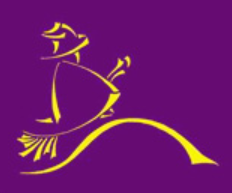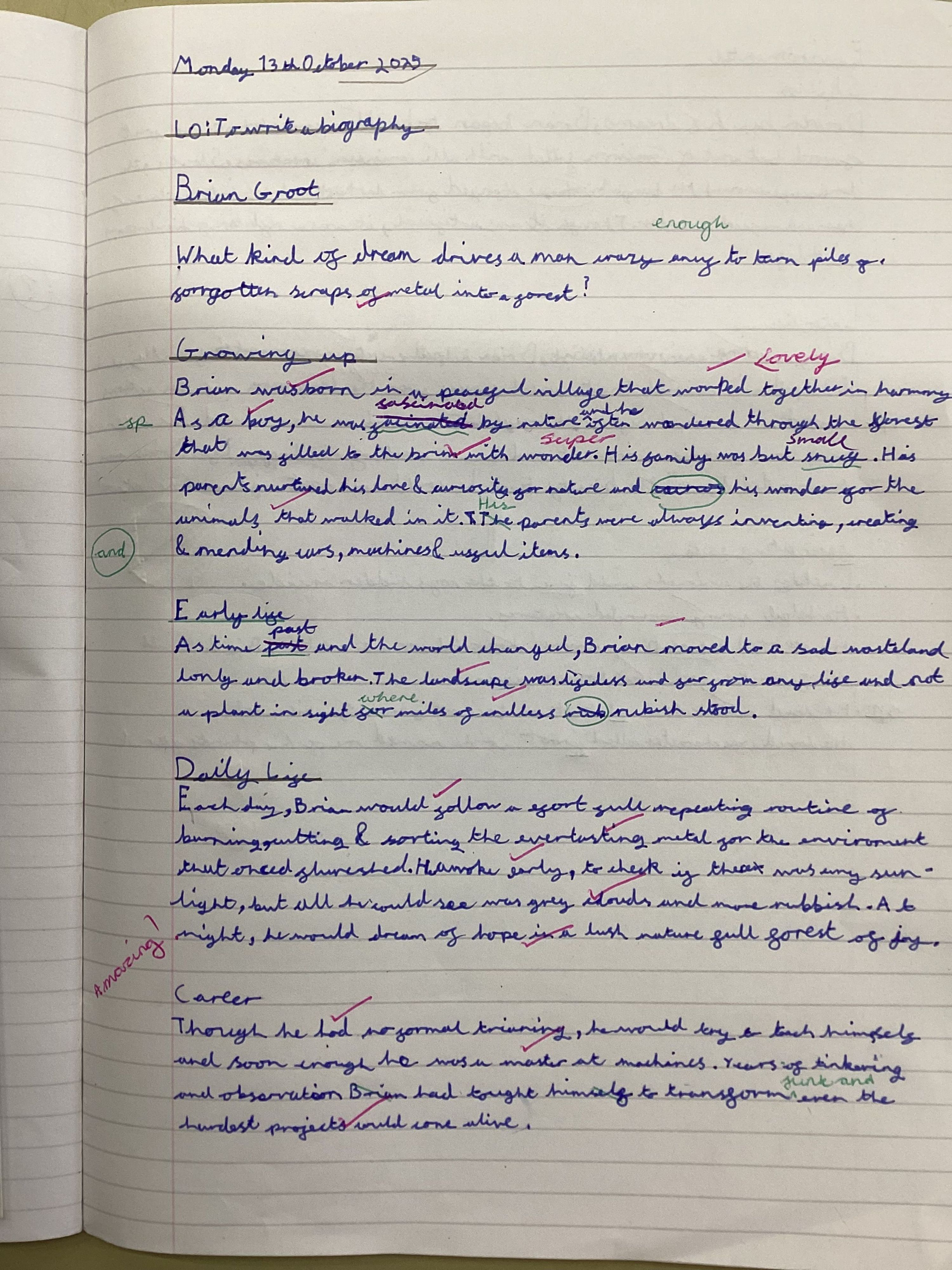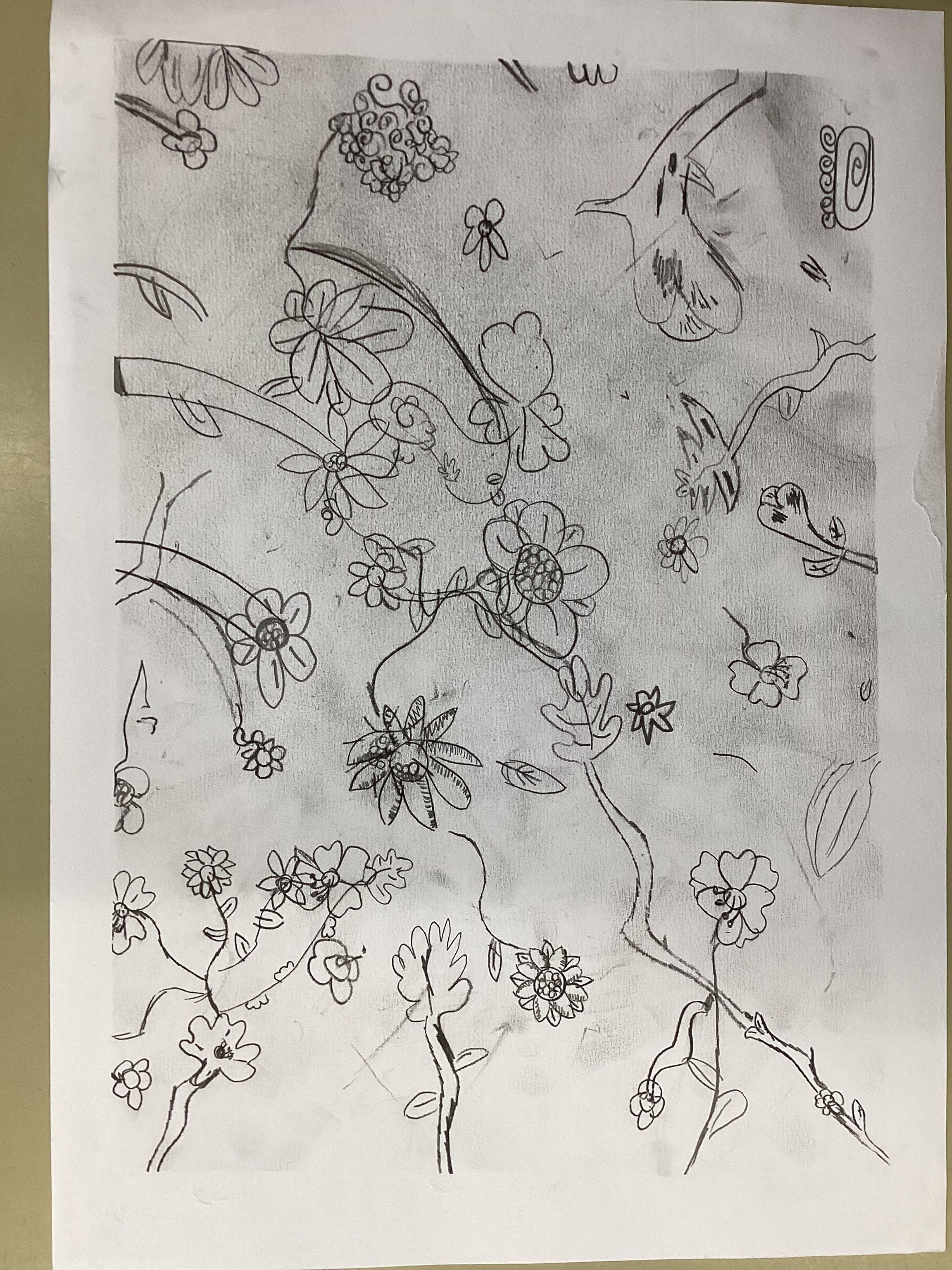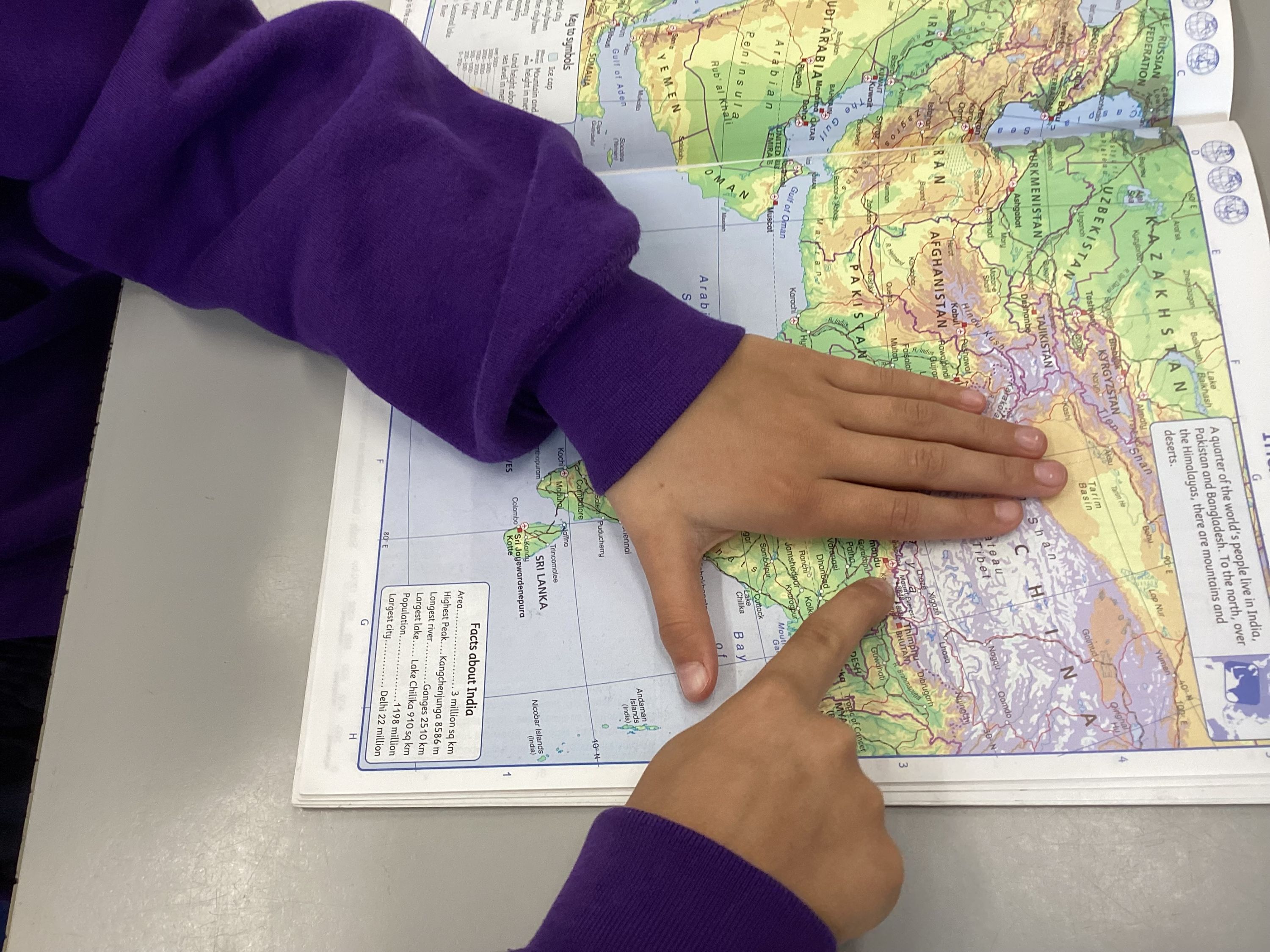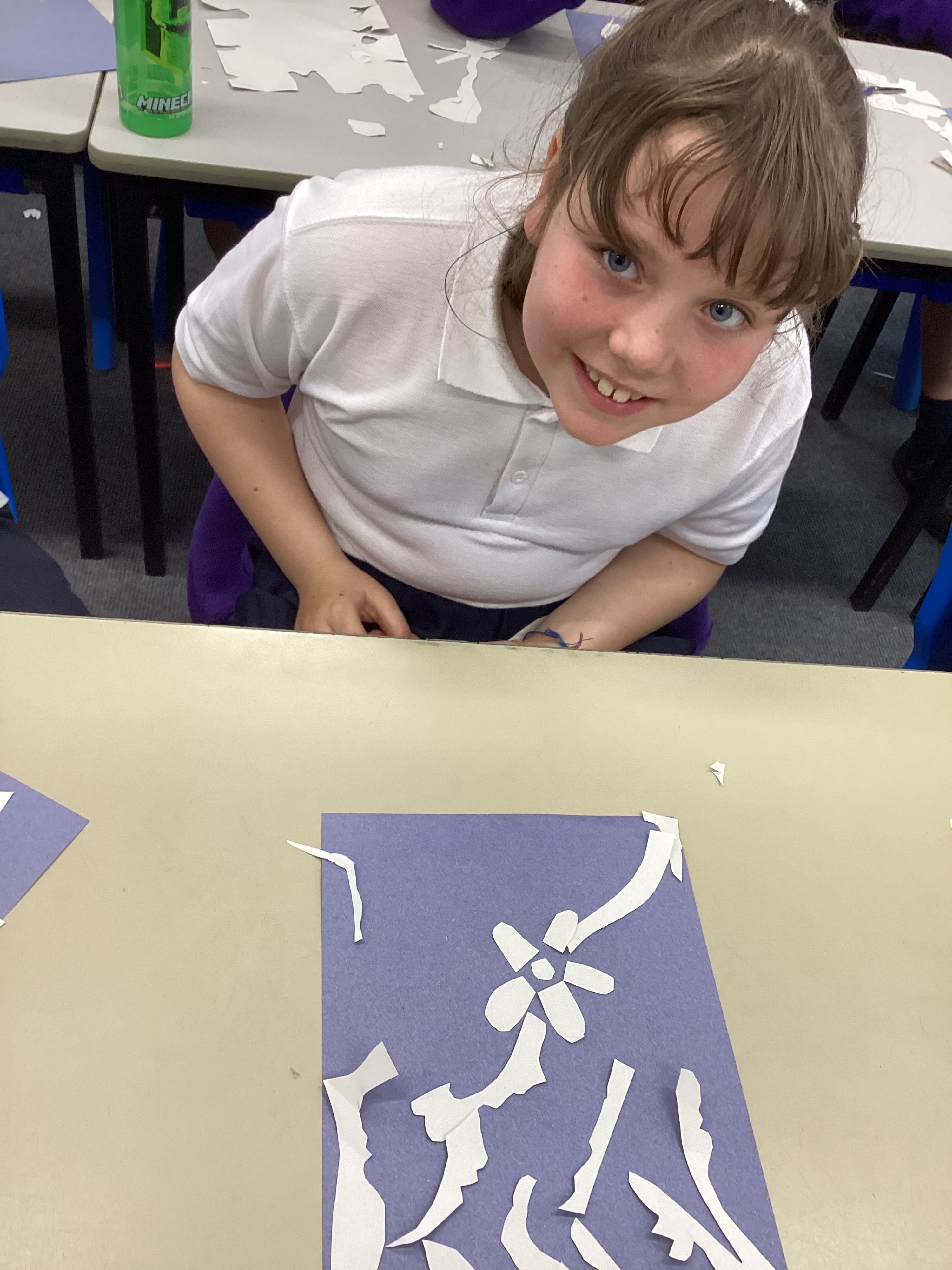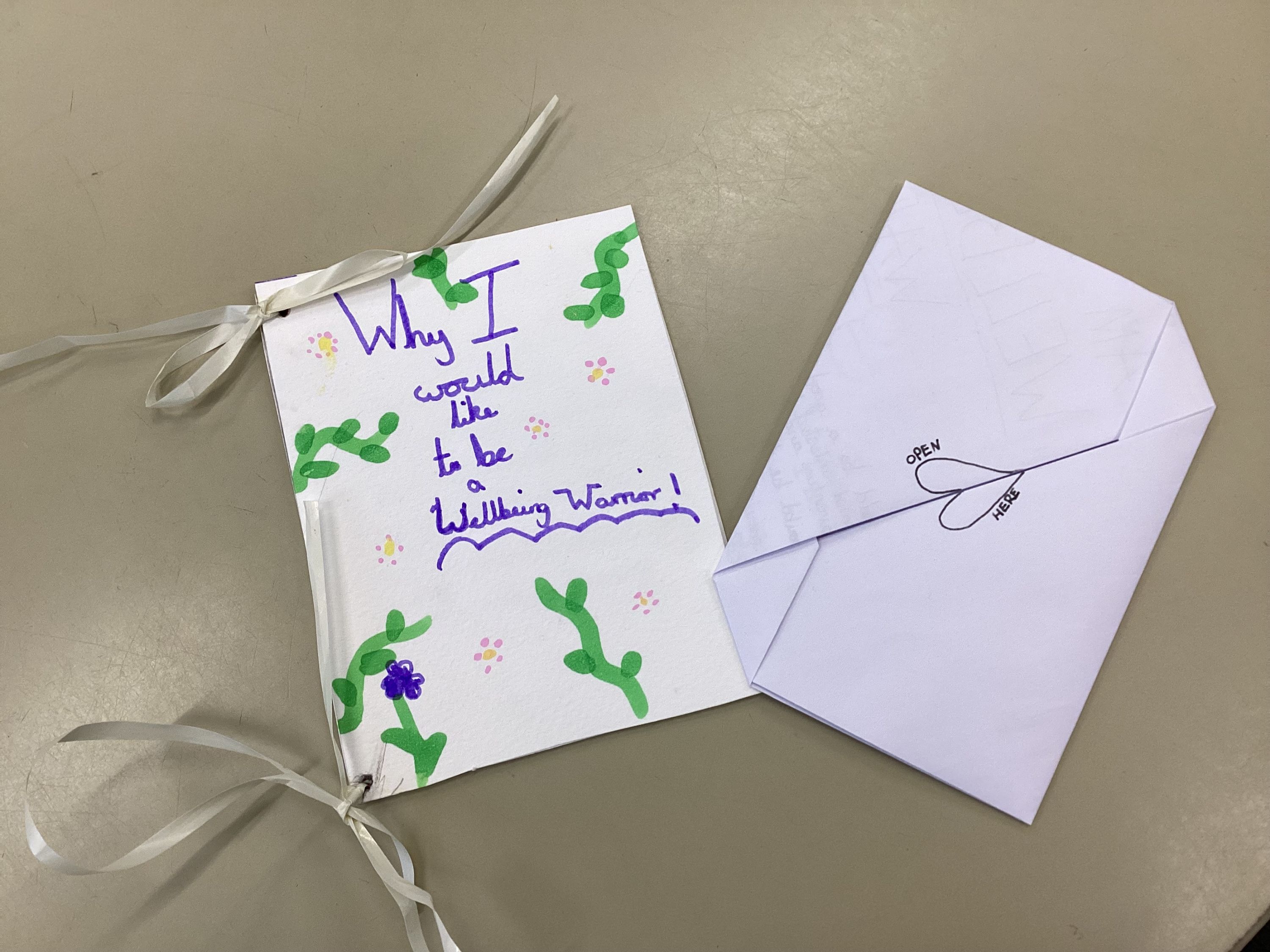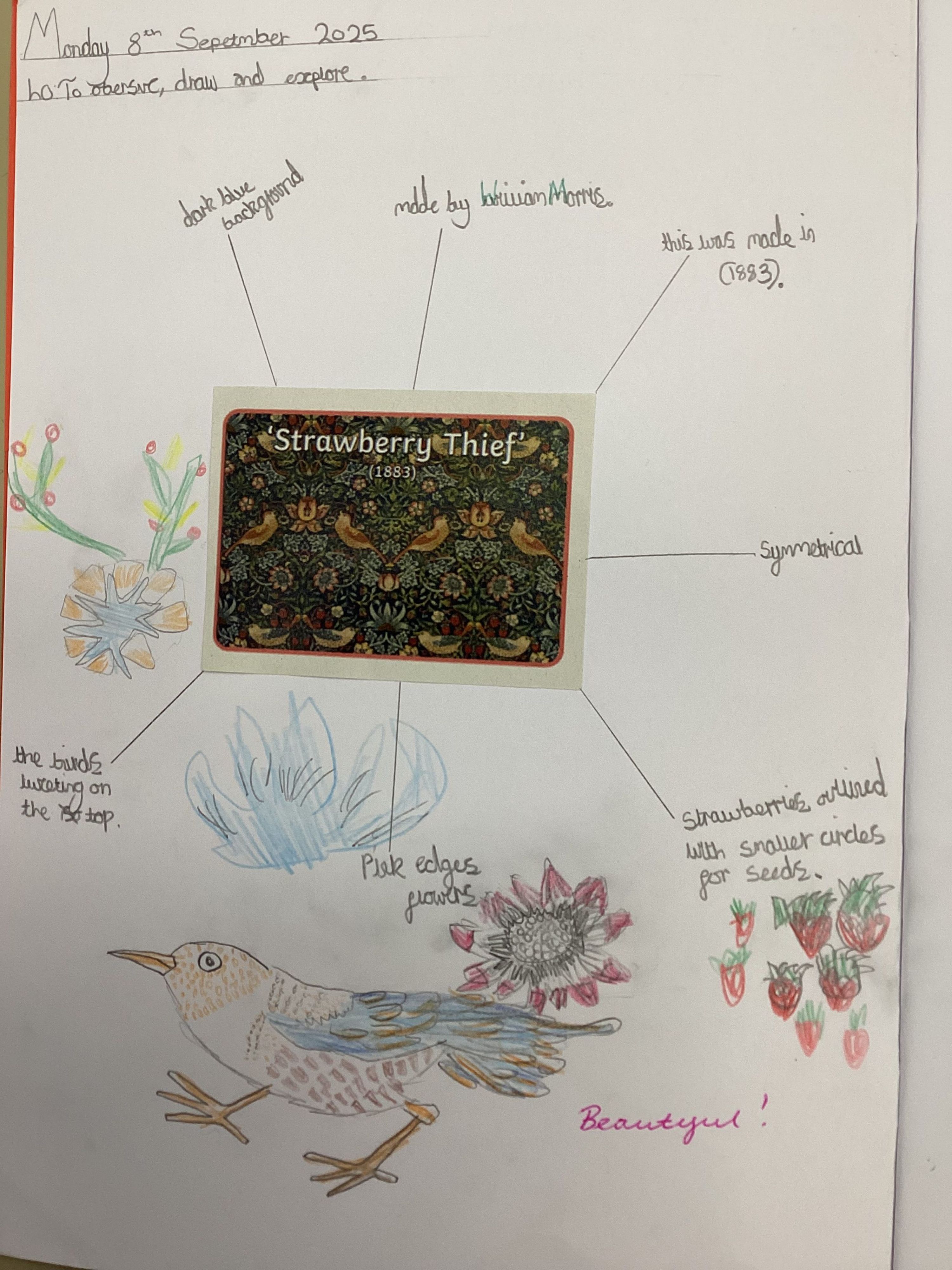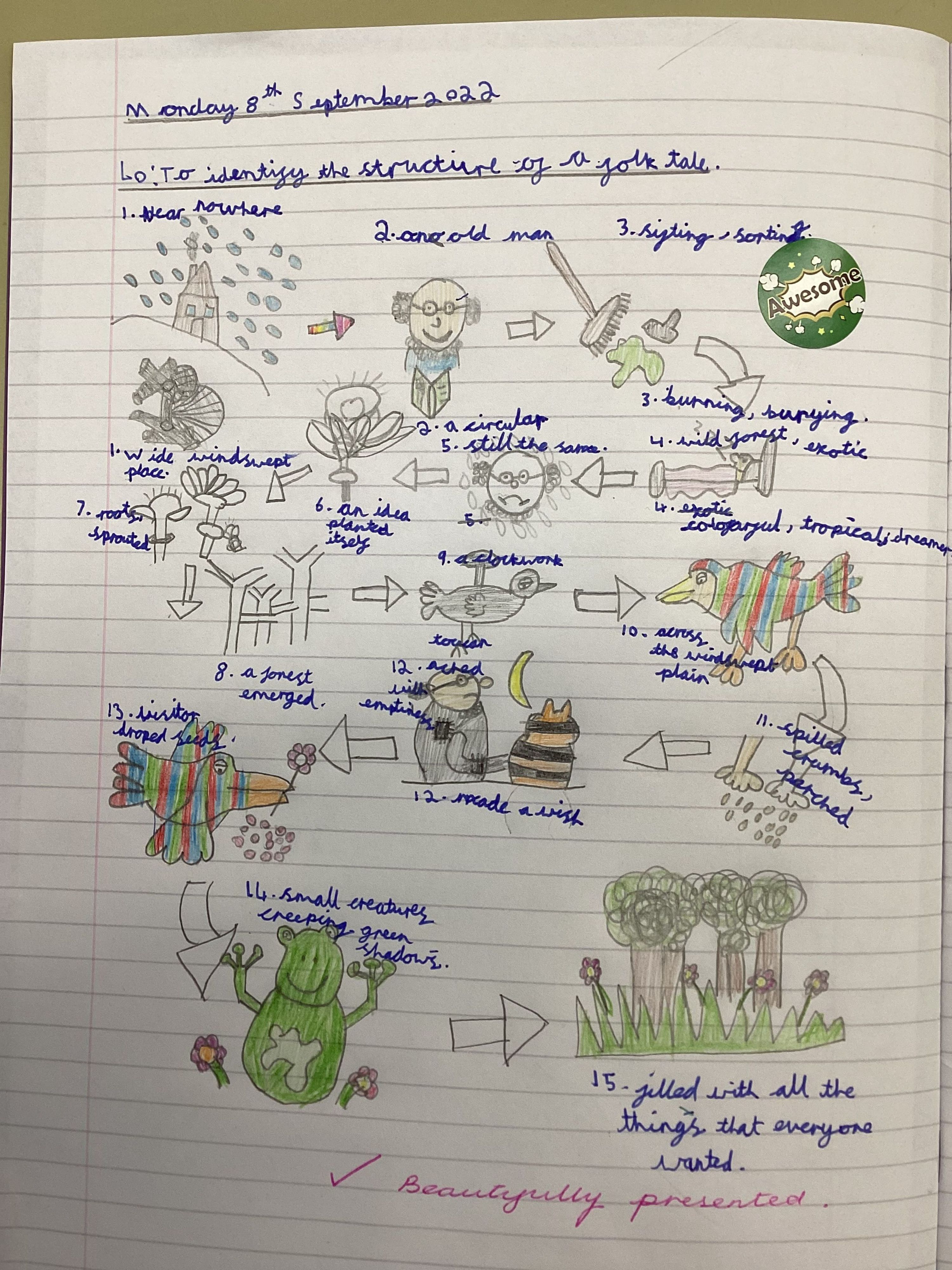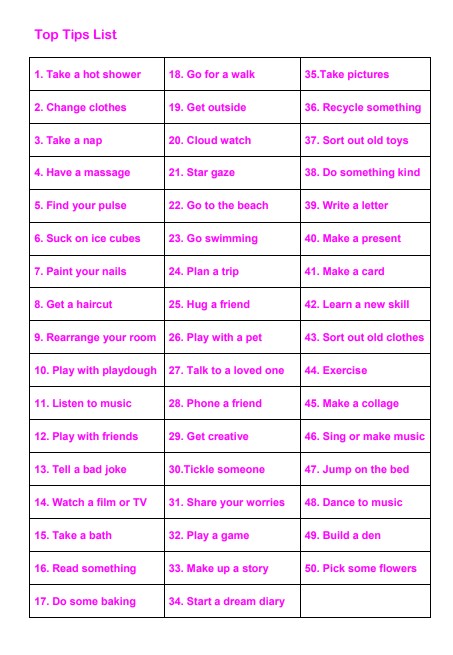Autumn 1
Welcome to the Autumn term
This autumn term, children in Lower Key Stage Two will be exploring a rich and varied curriculum. In Religious Education, we are learning about Hinduism, focusing on the story of Rama and Sita and the significance of Diwali as a festival of light and good triumphing over evil. In Art, pupils will study printing, creating their own pieces inspired by the work of Matisse and Willaim Morris. Our History topic looks at how children’s lives have changed over time, with a focus on the Tudor and Victorian eras. In Geography, we are investigating volcanoes, particularly how they affect the communities that live near them. PE lessons will develop orienteering and teamwork skills, alongside learning net and wall games. In Science, we are exploring forces and magnets, encouraging curiosity through hands-on investigations and experiments.
Useful websites:
https://www.topmarks.co.uk/maths-games/daily10
https://www.topmarks.co.uk/ordering-and-sequencing/coconut-ordering
https://www.bbc.co.uk/teach/supermovers/articles/zkdy2sg
Week 7
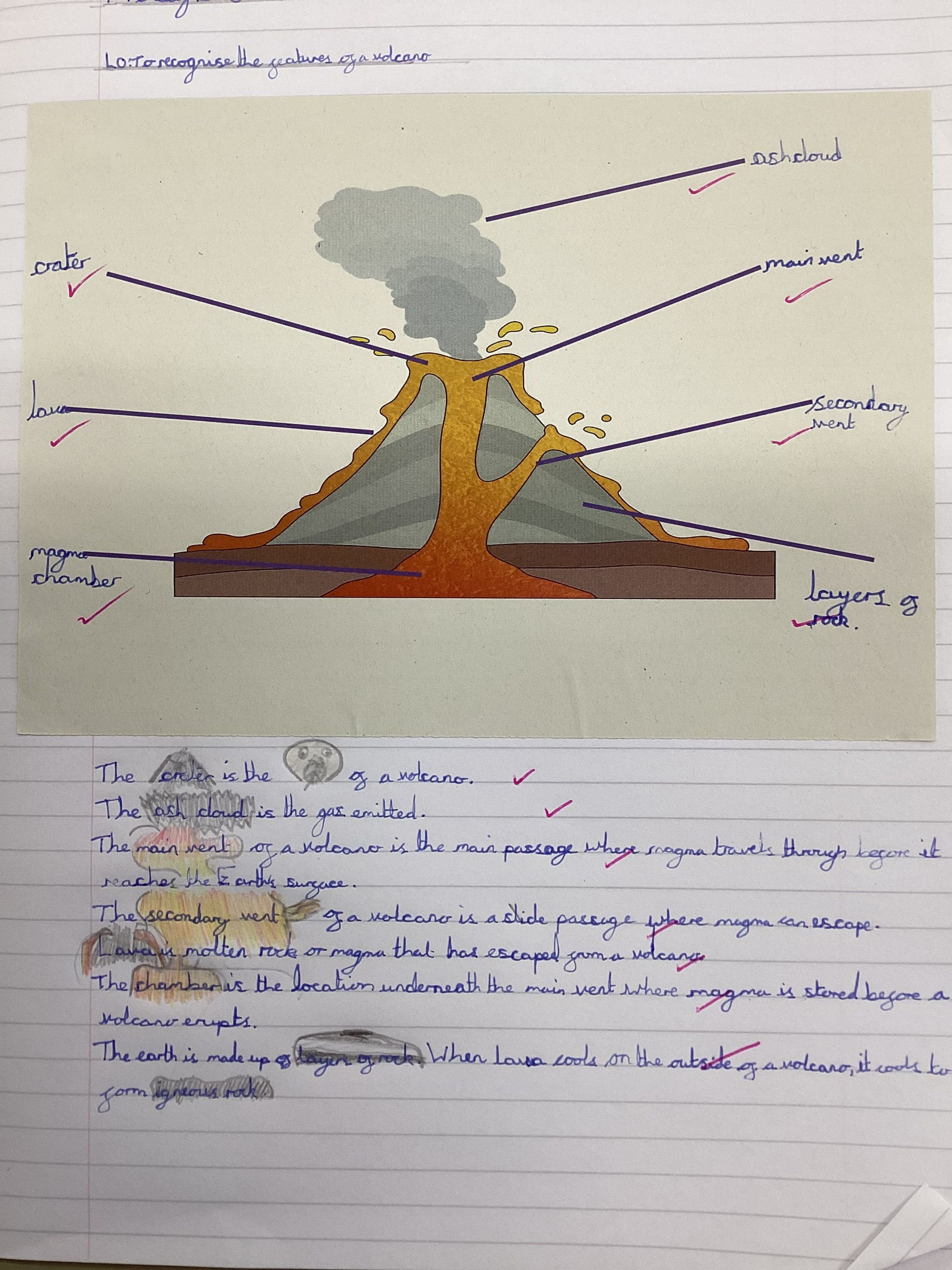

Week 6
In Art we have started to extend our skills with printing techniques to help enhance our design. To test the carbon paper printing technique in Year 4 art, we carried out a simple experiment. We placed the carbon paper on top of a blank bottom sheet, making sure the dark side of the carbon paper faced down. Then, using pencils, we drew pictures of plants on the carbon paper. As we pressed down, the carbon paper transferred the drawing onto the bottom sheet, creating a copy.
To compare with traditional drawing methods, we used an iPad drawing app to create a floral design digitally. Each student chose a flower and used digital tools like brushes, colours and layers to build their artwork. The app allowed us to experiment with different textures and effects easily and we could undo mistakes with a simple tap. This helped us see how digital drawing can be more flexible and less messy than using pencils and paper. By testing both techniques—carbon paper printing and digital drawing—we were able to explore different ways of creating art and discuss which method we preferred and why.

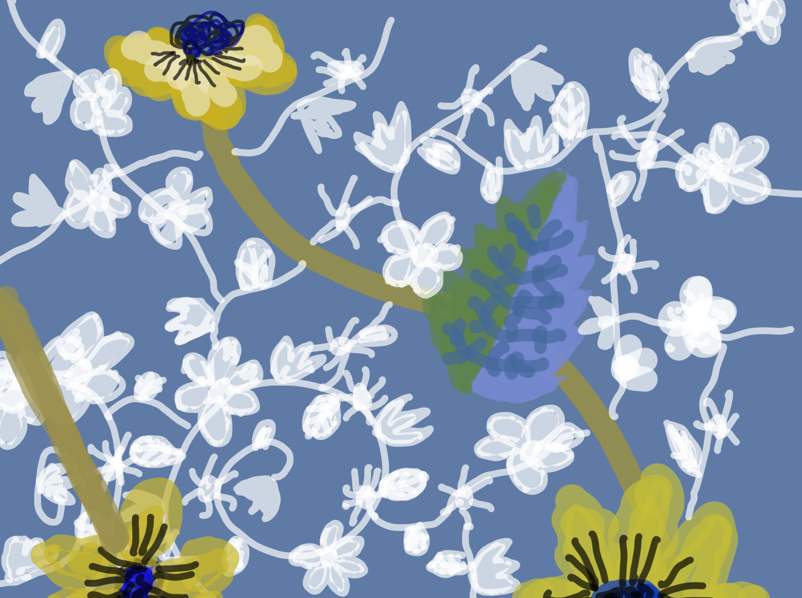
In our Design and Technology lessons, we have been testing different techniques used to strengthen materials, including lamination, ribbing, and corrugation. We explored how lamination involves layering materials to make them stronger and more durable. With ribbing, we straws to paper and card to see how it increased their strength and stability. For corrugation, we looked at how wavy layers between flat sheets can make materials more rigid and suitable for packaging. By experimenting with these methods, we learned how designers use them to improve the structure and function of everyday products.
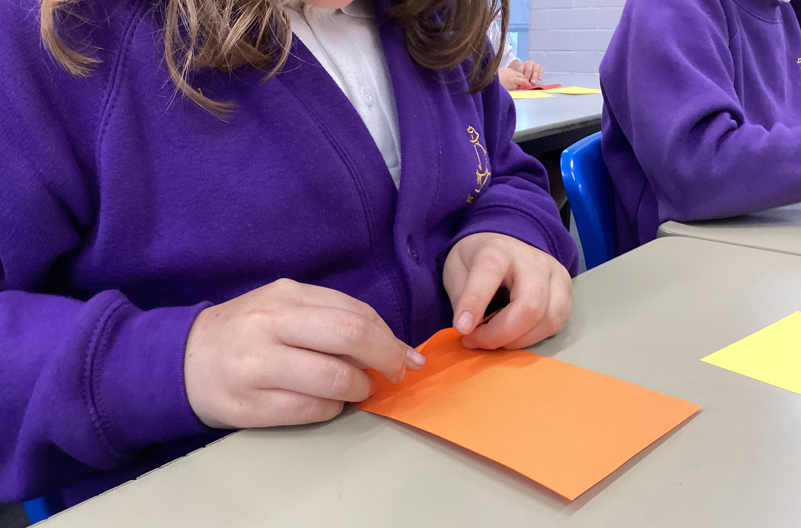
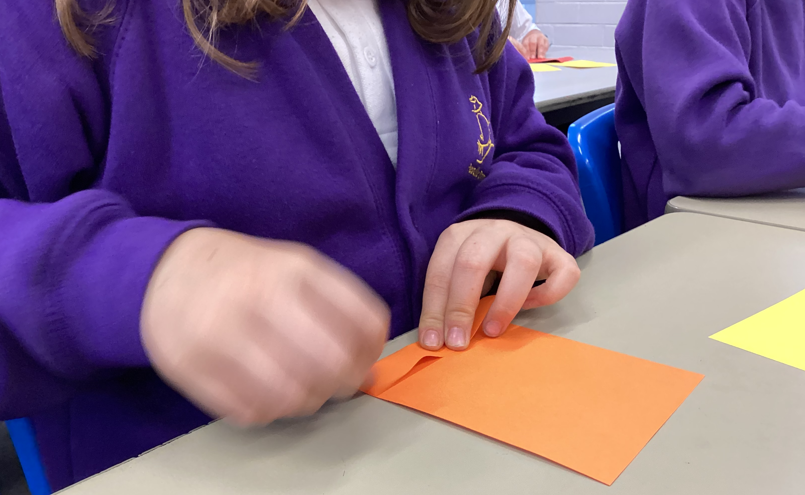
Week 5
In Design and Technology, we’ve been learning how to use simple computer-aided design (CAD) tools to create nets for shell structures. This involves designing flat shapes on the computer that can be folded and assembled into 3D models, such as boxes or containers.
In guided reading this week, we followed step-by-step instructions to create our own cardboard tigers, linking our activity to the story The Tin Forest, which we’ve been exploring together. This creative task helped us to link to the imagery in the book, especially the idea of transforming something old and forgotten into something beautiful and full of life.
In our recent Geography lessons, we’ve been investigating tectonic plates and how their movements shape the Earth's surface. Using atlases, we explored different regions around the world to locate major mountains. This helped us understand how many mountains are formed.
Week 4
In Art we have been exploring the work of William Morris, known for his intricate patterns and rich use of nature-inspired motifs, alongside the bold, expressive cut-out technique of Henri Matisse. By studying the detailed floral designs of Morris and Matisse’s vibrant, simplified shapes, we’ve developed our own nature-themed artwork. We haven't finished yet - keep looking in to see our designs change.
The children have been busy writing manifestos as part of their applications to join the School Council, thinking carefully about the changes they would like to see and how they can represent their classmates. They have also been applying to become Wellbeing Warriors, a role that promotes kindness, inclusion, and emotional support across the school. Through these activities, the children have been learning about leadership, responsibility, and the importance of having a voice in their school community.
In spelling, we have been learning how to add prefixes to root words to change their meaning. By exploring common prefixes we’ve discovered how they can transform a word. This helps us understand how words are built and gives us tools to expand our vocabulary and improve our reading and writing skills.
Week 3
In Geography, we have been learning that the Earth is made up of different layers, a bit like a cake with several parts. The top layer is called the crust, and it’s where we live, walk, and build our homes. Underneath the crust is the mantle, which is much hotter and made of rock that can move very slowly. Below the mantle is the outer core, which is made of liquid metal and moves around to help create Earth’s magnetic field. Right in the centre is the inner core, a solid ball made mostly of iron and nickel. Learning about these layers will help us understand earthquakes, mountains and volcanoes.
In Maths, we have been looking at mental methods for addition. A number line is a helpful tool for counting on in tens and ones. This method helps you break down addition into easier steps, making it clear how numbers grow by tens and then by ones. Using a number line in this way makes counting and adding more visual and understandable.
Week 2
In Art, we have been looking into The Strawberry Thief, a famous print design by William Morris. We explored how Morris used nature as inspiration, focusing on birds, plants, and patterns to create beautiful, detailed artwork. By examining the colours, shapes, and repeating motifs in the print, we learned how his work was part of the Arts and Crafts movement, which celebrated hand-made design and craftsmanship.
This week in English we have been exploring the events of The Tin Forest story, diving into its themes. We looked closely at how the main character’s world changed from a dull, grey landscape to a vibrant forest filled with life, and discussed how imagination and determination played a key role in this change. It’s helped us reflect on the importance of caring for our environment and believing in positive change.
In Maths, we have been using place value counters to learn about ones and tenths and this has helped our class build a strong understanding of decimal numbers. In this approach, each counter represents a specific value: whole number counters show ones, while smaller counters represent tenths—parts of a whole divided into ten equal pieces. For example, the number 3.2 can be shown using three "one" counters and two "tenth" counters. This visual and tactile method helps learners grasp the idea that tenths are smaller than ones and that decimals are part of the same place value system, just extended beyond the decimal point. It’s especially useful for bridging the gap between whole numbers and fractions, making abstract concepts more concrete.
Week 1
This first week we have been getting to know our new class and our routines. In PSHE, we have been investigating mental health strategies too to help us understand how to take care of our minds and emotions. We’ve explored different ways to manage feelings like worry, anger, and sadness, and learned how talking to someone we trust can make a big difference. We’ve also looked at calming techniques such as deep breathing, mindfulness, and taking time to do things we enjoy. Through discussions, we’ve discovered that mental health is just as important as physical health, and that everyone can use simple strategies to feel better and support others too. Below is a list of 50 suggestions you could try at home, taken from the Oxford Health NHS resource pack.
This week in English, we have begun exploring our new unit based on the modern folk tale The Tin Forest by Helen Ward and Wayne Anderson. This beautifully illustrated story encourages children to think about themes such as hope, imagination, and transformation. We started by creating mini dioramas to show the difference and contrast between the two settings.
